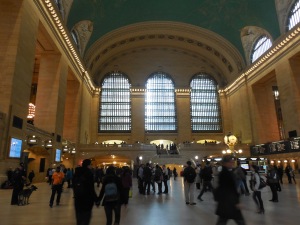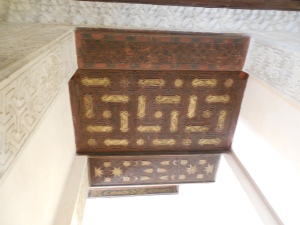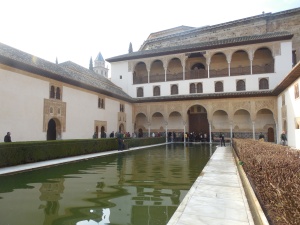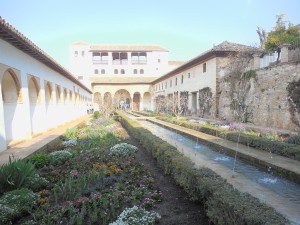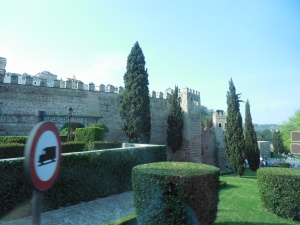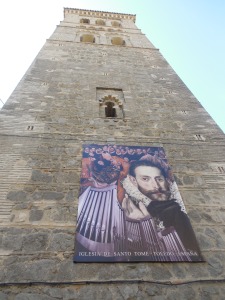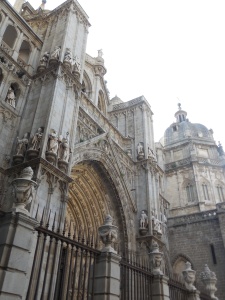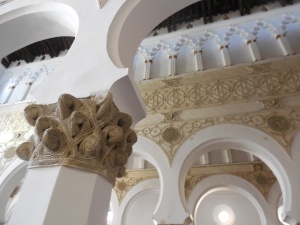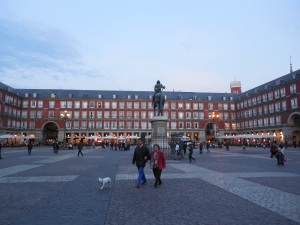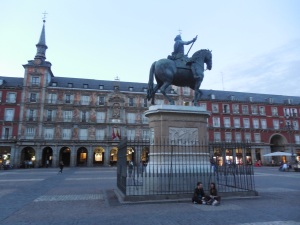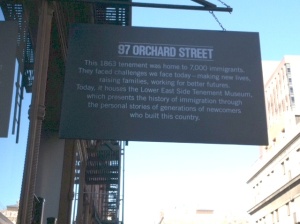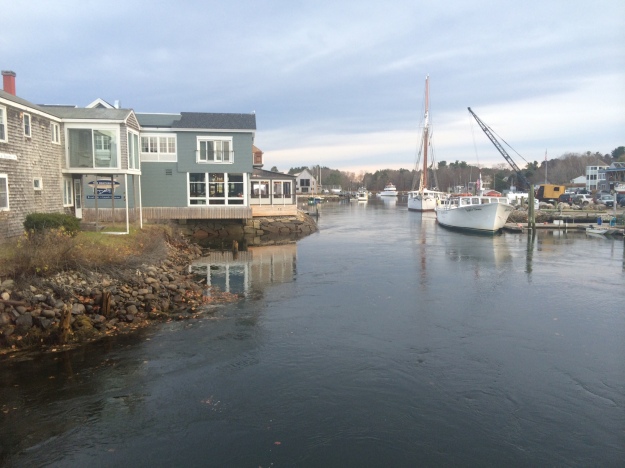 Recently, a work assignment brought me up to southern Maine, specifically to Kennebunk and its neighbor, Kennebunkport. Typically, Maine gets many visitors during the summer months, but I discovered that these two towns offer day-to-day attractions to see, do, and dine at year-round. In fact, Kennebunkport puts on a holiday celebration called Christmas Prelude every December.
Recently, a work assignment brought me up to southern Maine, specifically to Kennebunk and its neighbor, Kennebunkport. Typically, Maine gets many visitors during the summer months, but I discovered that these two towns offer day-to-day attractions to see, do, and dine at year-round. In fact, Kennebunkport puts on a holiday celebration called Christmas Prelude every December.
Though some shops and restaurants may change their hours (or shut down completely) during the colder seasons, your chances of exploring much of Kennebunk and Kennebunkport are pretty good.
Here are my recommendations:

Get a culinary lesson through Table Maine. Started by the Kennebunkport Resort Collection in February 2015, Table Maine is a weekend culinary program of classes led by local chefs and offering kitchen techniques on food/beverage subjects such as mixology or preparing meat or seafood dishes. Coursework extends to viewing demonstrations, hands-on lessons, and even local restaurants putting on “pop up” dinners. Depending on the subjects, pricing for classes and events usually start at $35 and go as high as $105.

Go bike riding. By the water, through town, or even on a nature trail, Kennebunkport has places to trek to on your bike. One recommended route is on the scenic Ocean Avenue. This road leads on a route with views of the sea, beaches, restaurants, and the presidential Bush family’s compound at Walker’s Point (but don’t go too far there). Mountain bikers can try the trails at the Edwin L. Smith Preserve of the Kennebunkport Conservation Trust, which has acquired and preserved various natural areas. If you don’t have — or didn’t bring — a bike, consider renting a set of wheels from Kennebunkport Bicycle.

Find nature at protected reserves. Just over a 10-minute ride from Kennebunkport, the town of Wells has two nature reserves that can be seen on foot. I spent some time at The Wells Reserve at Laudholm, which has a network of trails that you can walk along and notice the different habitats in this protected coastal ecosystem. The trails stay open year-round, range from easy to moderate, and are mainly self-guided. An admission fee is charged from Memorial Day Weekend through Columbus Day. Not far from Wells Reserve, consider stopping by the Rachel Carlson Wildlife Refuge. This reserve has designated visitor use areas that enable the public to do activities such as kayaking or viewing wildlife.

Do some antiquing along Route 1. Known as the Maine Antique Trail, this road doubles as a map for 42 miles of over 50 antique stores. Kennebunk contains a few, including Armada Antiques & Collectibles. The shelves and display cases inside this two-level building must get a lot of looks. Merchandise from dinnerware, to books and periodicals, to sports memorabilia, to even relics from another era can be browsed through.

Stop at the Wedding Cake House. Said to be the most photographed house in Maine, this Gothic style home off of Route 35 in Kennebunk is literally eye candy. Supposedly, this bright yellow house with white trim was built by a sea captain as a wedding gift for his bride. Today this place is privately owned, but most people might stop to get a glimpse or photo.

Learn about Kennebunk’s history at the Brick Store Museum. Although this museum was closed on the days that I was town, I think it’s worth a visit. Said to be one of the few U.S. museums to open during the Great Depression, this venue serves as part arts institution, part historic site, and part archives center. Its three buildings date back to the 1800s, but inside, rotating exhibitions highlight the town’s overall legacy through its people and objects.
Where to Eat and Drink

Get local and seasonal flavor at Salt & Honey. In Kennebunkport’s Dock Square, this restaurant has been dishing out comfort food for breakfast, lunch and dinner since opening in May 2014. Its changing menu offer staple dishes and New England favorites, particularly with ingredients like Maine blueberries and lobster. Consider the fish and chips combo with a finely breaded North Atlantic haddock.

Order breakfast at Boulangerie. In Kennebunk, this village bakery produces artisanal breads, croissants, baguettes, focaccia, sticky buns, meat pies, and other flour-based delights. The location is very rustic – a barn dating back to the 1900s – with indoor and outdoor seating for plopping down and savoring a breakfast treat or afternoon snack. Get their chicken meat pie and monkey bread!

Grab some lunch at Duffy’s Tavern & Grill. With one location in Kennebunk’s historic Lafayette Center, this family-friendly place has good pub fare. The venue serves up American food for patrons of all ages – burgers, salads, apps, and wings plus gluten-free options – and the scene is pretty casual.

Do dinner at The Ramp Bar & Grill. Under Pier 77, in Kennebunkport’s Porpoise Harbor, the tiny yet lively waterside venue has both a local and tourist following. What you’ll first notice are the football helmets hanging above the bar, but the lunch and dinner servings run the gamut from New England seafood favorites, finger foods, to more fork-required dishes like traditional penne Bolognese and a Greek meze.

Shop at H.B. Provisions. At this general store and deli, also in Kennebunk, pick up a souvenir or order a sandwich, specialty wrap, burger, or panini. There’s table space for sitting down and just watching the shop work, and you can also get some groceries while you’re at it. While eating, take a good look at the walls and see photos of some famous shoppers.

Tour the Shipyard Brewing Company at Federal Jack’s. At this eatery in Kennebunkport Harbor, Shipyard first brewed its craft beer in 1992. Although its main plant is now in Portland, visitors can still see and learn more about Shipyard on tours at its location in the same building as Federal Jack’s. A seven-barrel system uses state of the art technology to produce house and seasonal ales, plus stouts and IPAs, and keeps its upstairs pub neighbor supplied with continuous suds.
Editor’s Note: My visit and itinerary was scheduled through the Chamber of Commerce for Kennebunk and Kennebunkport. However, the list is all based on my suggestions and experiences.















